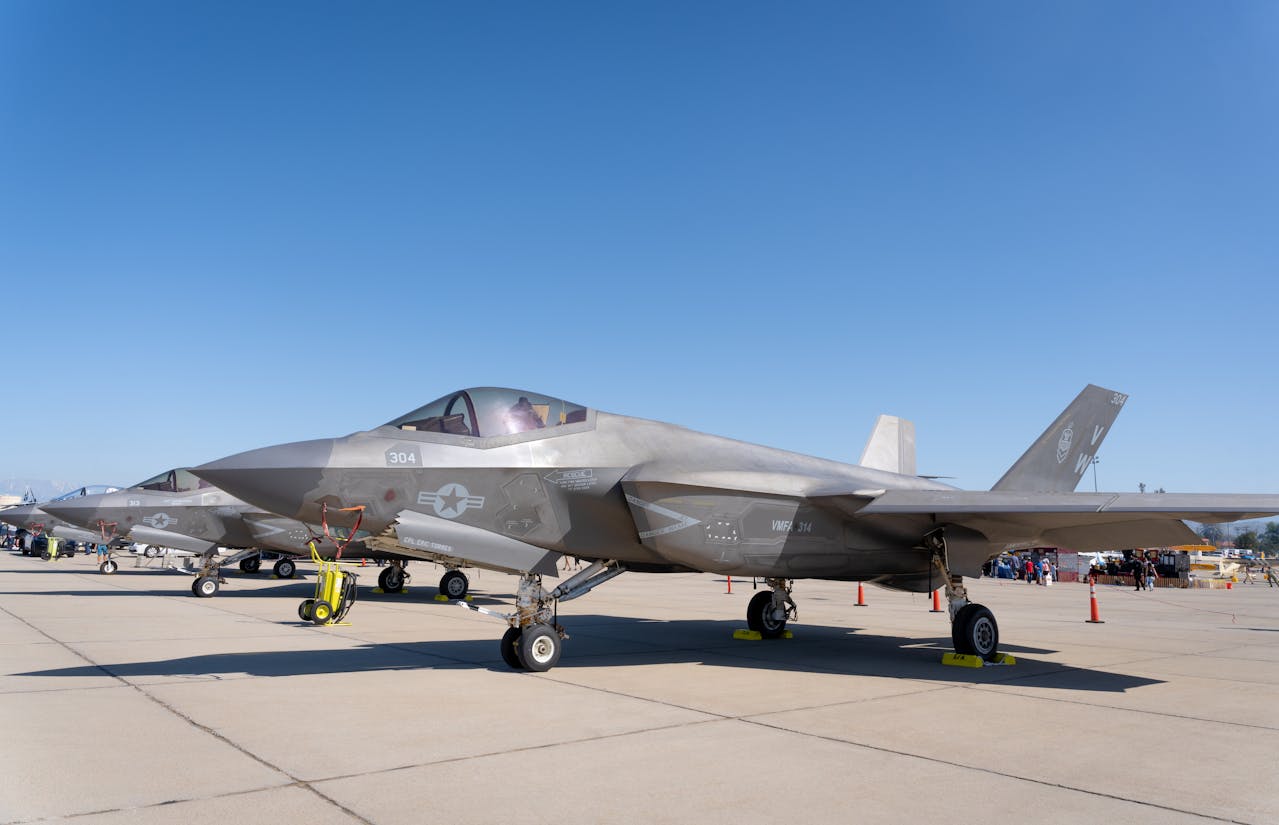Innovative Collaboration in Aviation: Lockheed Martin and University of Iowa’s Successful Mission
In a groundbreaking event, Lockheed Martin Skunk Works®, in collaboration with Lockheed Martin’s Demonstrations and Prototypes organization and the University of Iowa’s Operator Performance Laboratory (OPL), successfully demonstrated an advanced crewed-uncrewed teaming mission. This demonstration marks a significant milestone in the field of aviation, showcasing how human pilots and autonomous systems can work together seamlessly to achieve complex mission objectives.
The Mission Overview
The demonstration took place in Iowa City, Iowa, on November 21, 2024, and highlighted the integration of cutting-edge technologies that enable a new era of aviation collaboration. The mission involved a manned aircraft working in concert with an unmanned aerial vehicle (UAV), demonstrating the potential for increased operational efficiency and safety in future military and civilian aviation applications.
Understanding Crewed-Uncrewed Teaming
Crewed-uncrewed teaming refers to the coordinated operation of manned and unmanned systems. In this context, a human pilot in a manned aircraft works alongside an autonomous UAV to complete mission tasks. This collaboration allows the strengths of both human judgement and machine precision to be harnessed, offering enhanced capabilities in navigation, target acquisition, and data collection.
The concept is particularly useful in complex environments where human intuition and decision-making are crucial, but the precision, endurance, and data-processing capabilities of machines can significantly enhance overall mission effectiveness.
The Role of Lockheed Martin Skunk Works®
Lockheed Martin Skunk Works® is renowned for its innovative approach to aerospace technology. Traditionally known for developing some of the most advanced and secretive aircraft in history, the Skunk Works team is at the forefront of integrating new technologies into practical applications. By working on crewed-uncrewed teaming, they are setting a new standard for what’s possible in both military and civilian aviation sectors.
Collaboration with the University of Iowa’s OPL
The University of Iowa’s Operator Performance Laboratory (OPL) played a key role in this mission. The OPL is known for its research in human factors and aviation systems, focusing on how humans interact with advanced technologies. Their expertise was crucial in ensuring that the human pilot and the autonomous system could effectively communicate and collaborate during the mission.
The OPL’s involvement underscores the importance of academic-industry partnerships in pushing the boundaries of what is technically possible. By combining theoretical research with practical application, such collaborations can swiftly bring innovative technologies to fruition.
Technical Highlights of the Mission
During the mission, the human pilot and the UAV were able to share data in real-time, allowing for a coordinated approach to the mission objectives. Key technologies involved included advanced sensors and communication systems that facilitated seamless interaction between the manned and unmanned components.
Advanced Sensors and Communication Systems
The success of this mission relied heavily on sophisticated sensors that provide the UAV with situational awareness. These sensors collect data on the environment, which is then processed to make autonomous decisions. Additionally, advanced communication systems ensured that the UAV and the human pilot could effectively share information, making real-time adjustments to their strategy as needed.
Benefits and Future Applications
The implications of this successful demonstration are far-reaching. In military applications, crewed-uncrewed teaming can increase mission success rates while minimizing risk to human life. For civilian purposes, such technology can enhance air traffic management, search and rescue operations, and environmental monitoring.
The ability to combine human intuition with machine precision opens up new possibilities for complex operations, reducing human workload and increasing the overall safety and efficiency of aviation missions.
Industry Reactions
The aviation and defense industries have reacted positively to this demonstration. Experts believe that crewed-uncrewed teaming represents a significant step forward in the evolution of aviation technology. By effectively combining human and machine capabilities, this technology could pave the way for more autonomous operations in the future.
Expert Opinions
Industry leaders have praised the collaboration between Lockheed Martin and the University of Iowa, noting that such partnerships are essential for developing next-generation technologies. The successful demonstration is seen as a testament to the potential of integrating human and machine efforts in a cohesive manner.
Conclusion
The demonstration by Lockheed Martin Skunk Works®, in partnership with the University of Iowa’s Operator Performance Laboratory, represents a pivotal moment in the field of aviation. By successfully showcasing a crewed-uncrewed teaming mission, they have highlighted the potential for increased efficiency, safety, and effectiveness in both military and civilian applications.
As technology continues to advance, the integration of human and machine capabilities will likely play an increasingly important role in shaping the future of aviation. This successful demonstration is a clear indication that the future of flight will be marked by collaboration, innovation, and enhanced operational capabilities.
For more information on this groundbreaking mission, you can visit Lockheed Martin’s official website.
For more Information, Refer to this article.


































